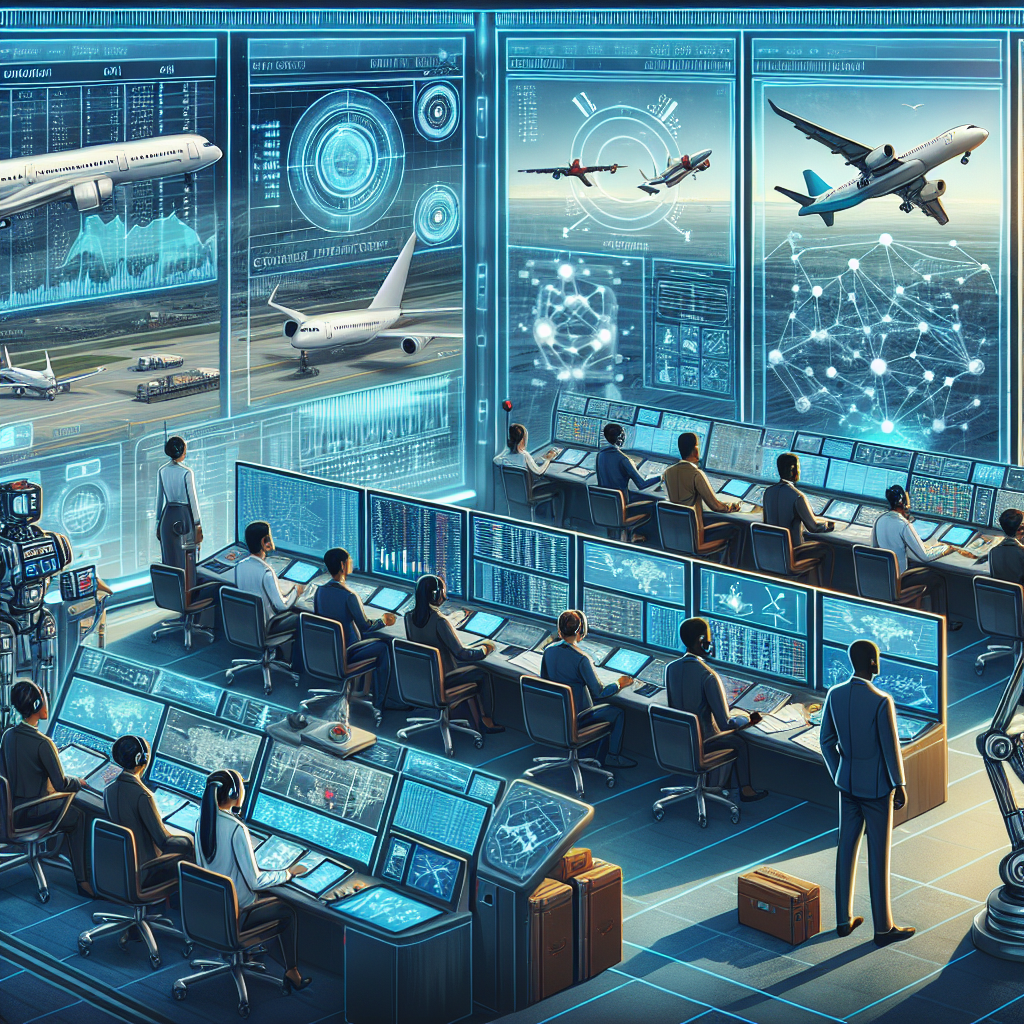Enhancing Flight Safety: The Role of AI and Automation in Preventing Crashes
Enhancing Flight Safety: The Role of AI and Automation in Preventing Crashes
Introduction to AI in Aviation
Artificial Intelligence (AI) and automation are revolutionizing the aviation industry by enhancing flight safety and reducing the risk of crashes. These technologies are being integrated into various aspects of flight operations, offering unprecedented levels of precision and reliability.
Key Benefits of AI and Automation
- Real-time Data Analysis: AI systems can process vast amounts of data in real-time, providing pilots and air traffic controllers with critical insights to make informed decisions.
- Predictive Maintenance: Automation helps in predicting potential mechanical failures before they occur, ensuring timely maintenance and reducing the likelihood of in-flight issues.
- Enhanced Decision-Making: AI assists pilots by offering decision support systems that analyze multiple scenarios and suggest optimal actions during emergencies.
- Improved Navigation: Automated systems enhance navigation accuracy, reducing human error and improving overall flight safety.
Challenges and Considerations
While AI and automation offer significant advantages, there are challenges that need to be addressed:
- System Reliability: Ensuring the reliability and robustness of AI systems is crucial to prevent malfunctions.
- Human-AI Interaction: Balancing automation with human oversight is essential to maintain control and trust in AI systems.
- Regulatory Compliance: Adapting regulatory frameworks to accommodate new technologies is necessary for widespread adoption.
Future Prospects
The future of aviation looks promising with the continued integration of AI and automation. These technologies are expected to further enhance safety protocols, streamline operations, and pave the way for autonomous flights.
Conclusion
AI and automation are pivotal in transforming flight safety by minimizing human error, predicting potential issues, and optimizing decision-making processes. As these technologies evolve, they hold the potential to significantly reduce the risk of crashes, making air travel safer and more efficient.








































